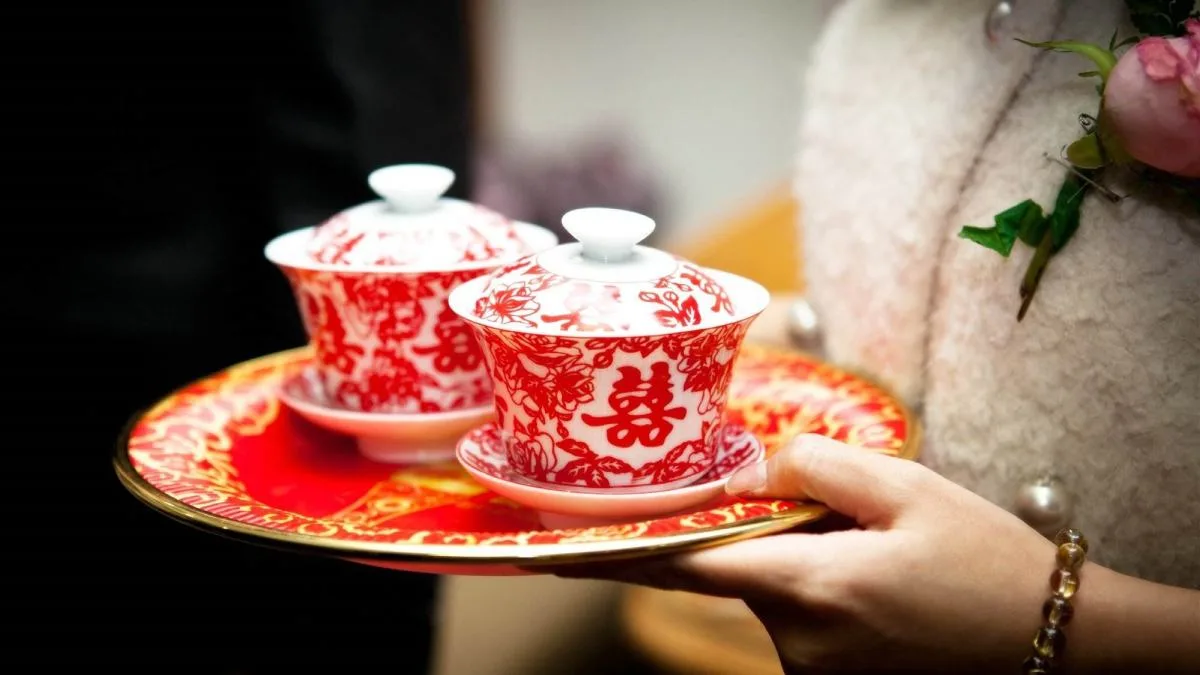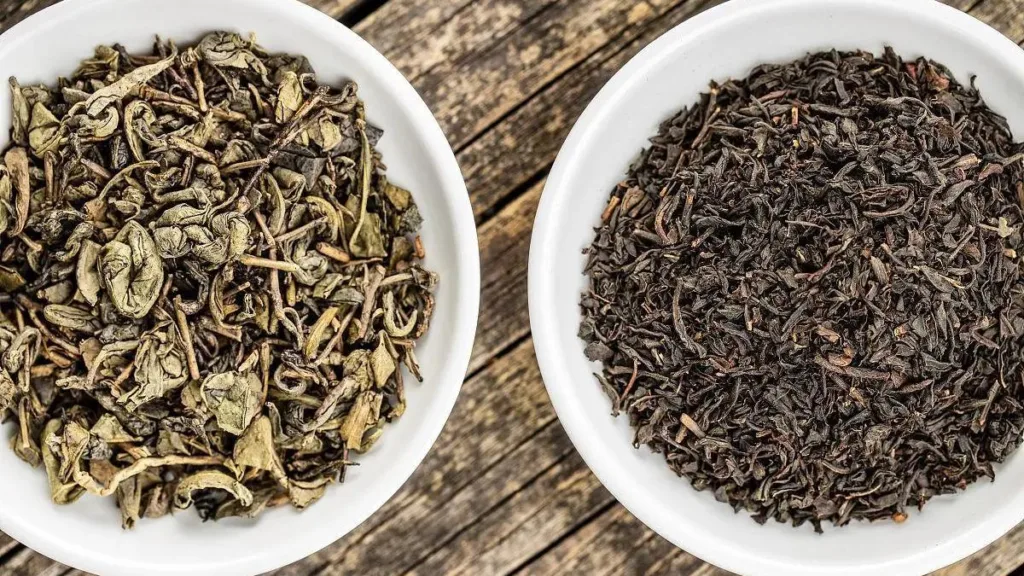The Chinese wedding tea ceremony, known as 敬茶 (jìng chá), is a deeply ingrained tradition that transcends the type of wedding one is hosting. Whether it’s an elaborate affair or an intimate gathering, the ceremonial act of offering tea to parents on both sides is an indispensable ritual. Let’s delve into the sequence and nuances of the tea ceremony, starting with the bride’s family.
Preparation Before the Tea Ceremony
- Tea Set: Prepare a tea pot, tea cups, and lidded bowls based on the number of elders present. Inform them in advance about the proper use of the lidded bowls.
- Red Kneeling Mats: Provide a pair for the bride and groom to kneel on. These can be handed down from mothers or grandmothers or purchased new.
- Tea Selection: Choose common teas like Tie Guan Yin or Pu’er. Avoid weight-loss teas, as the purpose is to signify the abundance of blessings. Each cup of tea should contain two unpeeled lotus seeds (symbolizing a harmonious union) and two red dates (symbolizing good luck).
The Wedding Tea Ceremony Process at the Bride’s Home
- Preparation for Tea Ceremony:
- In the past, after the newlyweds entered the groom’s house together, they would perform traditional ceremonies such as bowing to heaven and earth and each other. Today, the bowing to heaven and earth ceremony is often omitted, and the tea ceremony to parents follows the bride’s arrival.
- Before a couple offers tea, they kneel down with the groom on the left and the bride on the right. The father sits in front of the groom, and the mother sits in front of the bride, creating a face-to-face arrangement.
- Tea Offering Sequence:
- The groom starts by offering tea to the father-in-law and then the mother-in-law. The bride follows, offering tea to her father and then her mother. After each elder drinks the tea, they offer blessings and present red envelopes or gold jewelry as a congratulatory gesture. It’s crucial to use both hands when offering tea and receiving gifts.
- Extended Family:
- After offering tea to the parents, the couple proceeds to offer tea to grandparents, uncles, aunts, older brothers, and sisters. The sequence may vary depending on family traditions.
- Transition to Groom’s Home:
- Once the tea ceremony is completed at the bride’s home, the couple moves to the groom’s home to repeat the process with his family.
Considerations for the Wedding Tea Ceremony:
- Preparation:
- Ensure tea pots and cups are ready in the appropriate quantities.
- Familiarize elders with the usage of lidded bowls to avoid any mishandling.
- Tea Set Details:
- Avoid patterns with characters like “寿” (longevity), solitary dragons, or imagery of evergreen pine and cypress. Opt for festive colors.
- Tea Ingredients:
- Prepare lotus seeds and red dates, leaving the lotus seeds intact and keeping the date pits.
- Pouring Tea:
- Pour tea to about seven-tenths full. Never fill the cup to the brim.
- Use both hands to serve tea, and avoid the impolite act of pouring with one hand.
The wedding tea ceremony at the bride’s home involves meticulous preparation and adherence to a specific sequence. By following these traditions and considerations, the family ensures a smooth and meaningful ceremony that symbolizes respect, unity, and the beginning of a new chapter in the couple’s life.



